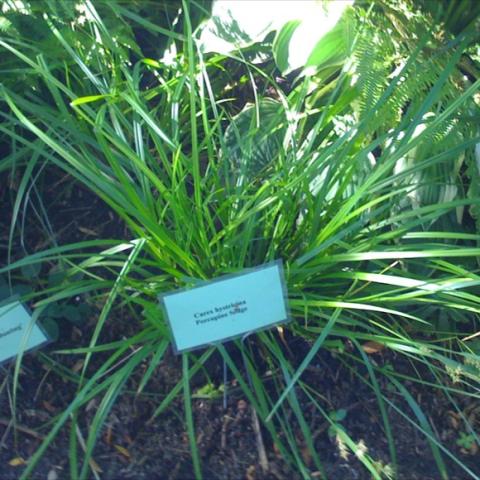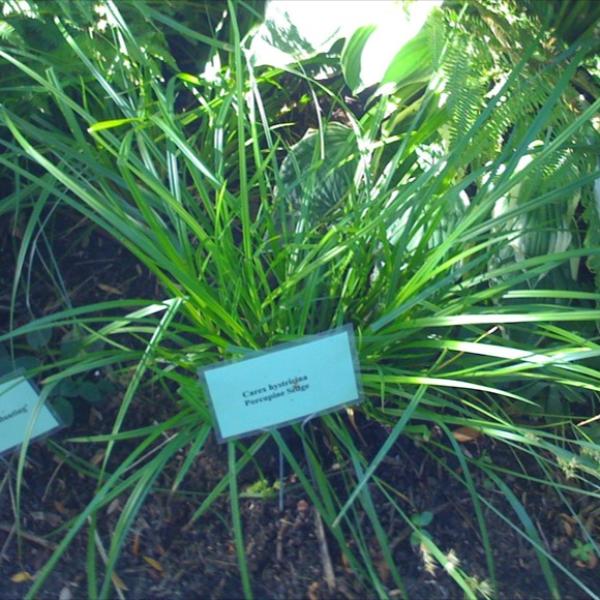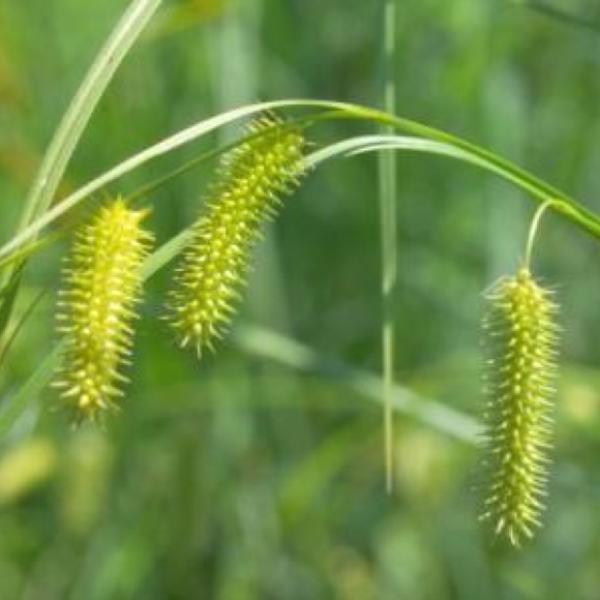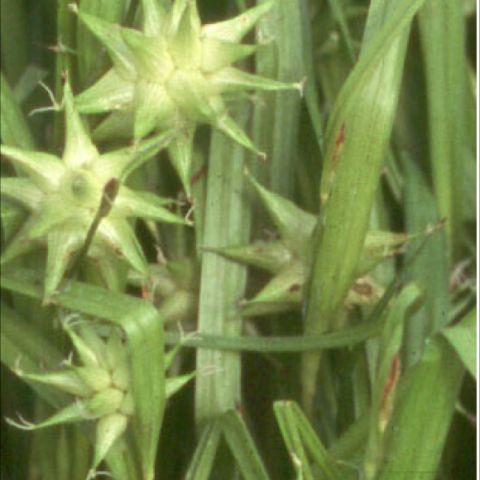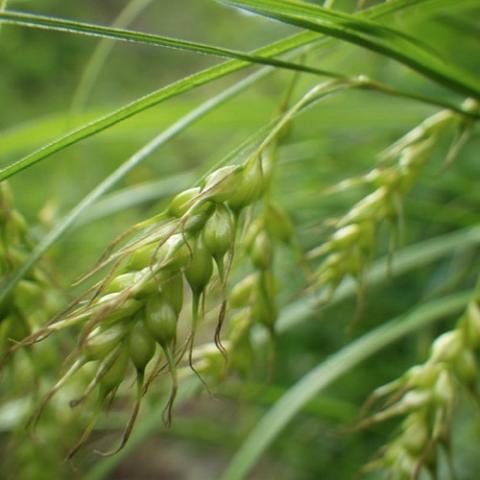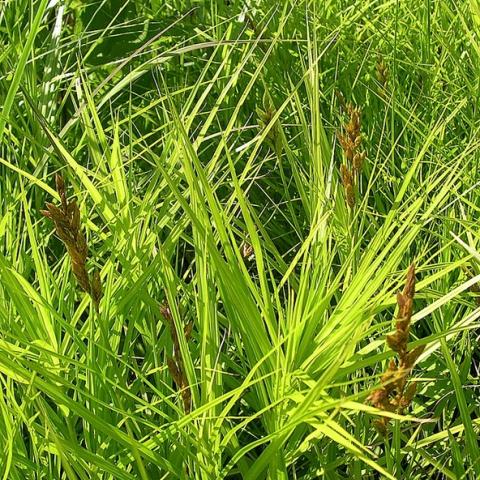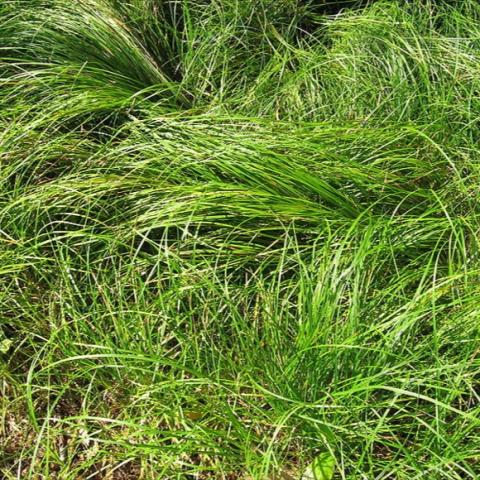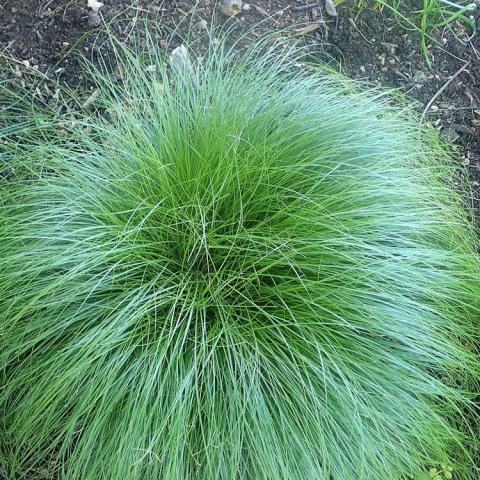About Porcupine Sedge
A great front-of-border grass accent that's also good in containers, with tiny porcupine-like bottlebrushes. Good for moist to wet soil and variable light conditions. Seed from Winona County, Minn.
Wonder why this Carex has the species name “hystericina”? How is it hysterical? Actually, “hystericina” means "bristly or porcupine-like." Hystrix is a genus name for porcupines. “Porcupine,” by the way, means “pig thorn.”
About Sedge, Native
Glossy, arching leaves. Perennial useful as a shady lawn substitute in moist, rich soil. Clump-forming unless noted otherwise. Prefers partial to full shade, but will grow in full sun if soil is kept moist. Deer- and rabbit-resistant.
Pot Size & Price
2.5-in. pot
$3.00
Height
12"–36"
Sunlight Exposure
Partial Sun
shade
Catalog
G036
Plant Traits
Minnesota Native
